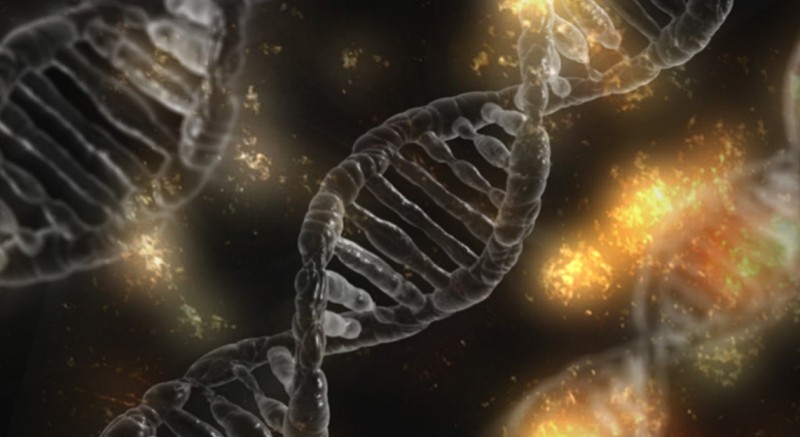A study published in Genetics this week suggests that there is still a lot to learn about how gene editing tools cut and repair DNA.
By Staff Member
February 15, 2017
Time to read: 3 minutes
A study published in Genetics this week suggests that there is still a lot to learn about how gene editing tools cut and repair DNA.
The power of these tools lies in their accuracy. They target an enzyme to a specific point on a DNA strand where it cuts to remove or replace a target gene, or to make space for an additional gene to be inserted. Next the strand is then repaired to seal the cut, but the new findings suggest that this repair process is prone to error. The study hints that mistakes made during repair might damage the area around the target gene, perhaps changing gene activity.

Researchers at the MRC London Institute of Medical Sciences (LMS) studied DNA-cutting enzymes in yeast, which are similar to those used in the popular gene editing tool CRISPR. To find out whether these enzymes might cause mutations, they studied data on the genomes of over 100 strains of yeast across thousands of years of evolution. This large amount of data allowed them to spot rare mutations around the cutting site that may be missed in real time experiments.
“The molecular repair machinery that seals the cuts left behind by gene editing tools such as CRISPR is thought to be very efficient, so unwanted mutations may be incredibly rare. These mutations are probably so rare that they may not be noticed in real time experiments in the laboratory. However, the popularity of gene editing tools means it’s important to understand exactly how well the repair is carried out, and what, if anything, may go wrong,” says Tobias Warnecke of the LMS and who led the research.
The enzymes in yeast and the enzyme used in CRISPR act in a similar way, akin to a pair of molecular scissors that cut DNA. Both enzymes are “homing endonucleases”, because they “home in” on their target DNA sequence before making a cut.
Warnecke and his team found an unusually high level of mutations in the DNA to the immediate right and left of the spot where the enzyme cuts. He suggests that these mutations may arise from mistakes made when repairing the cut. They may prove problematic because even a small change in a gene can completely alter the structure and function of the proteins it produces, or could halt production all together.
“These mutations are incredibly rare so it’s unlikely that they will cause problems for researchers currently using CRISPR,” says Warnecke. “I’m not challenging the technology, though these findings show the importance of fully understanding how exactly gene editing works and its potential pitfalls.”
For more information contact:
Deborah Oakley
Science Communications Officer
MRC London Institute of Medical Sciences
M: 07711 016942
T: 0208 383 3791
E:
T: @MRC_LMS